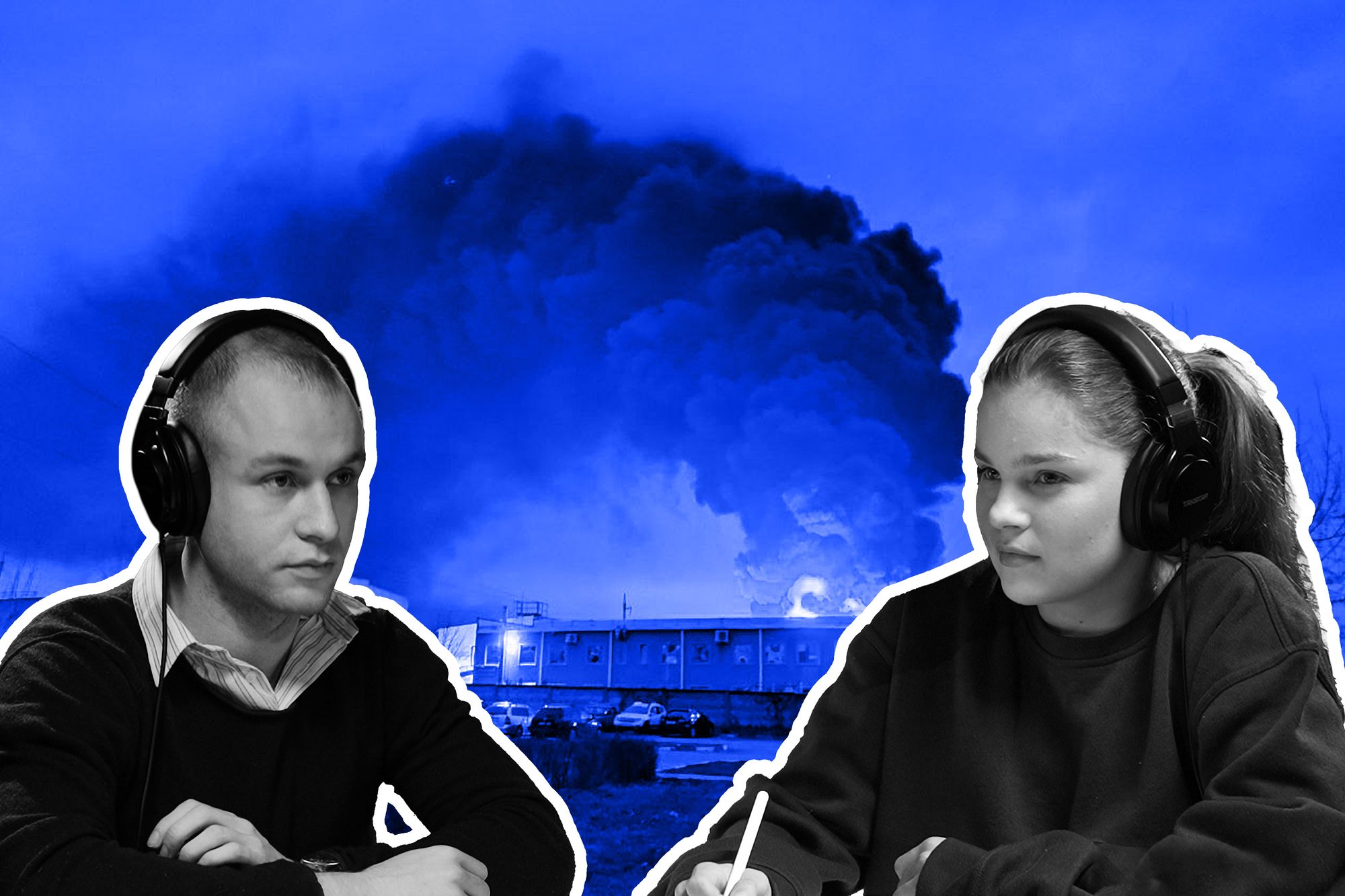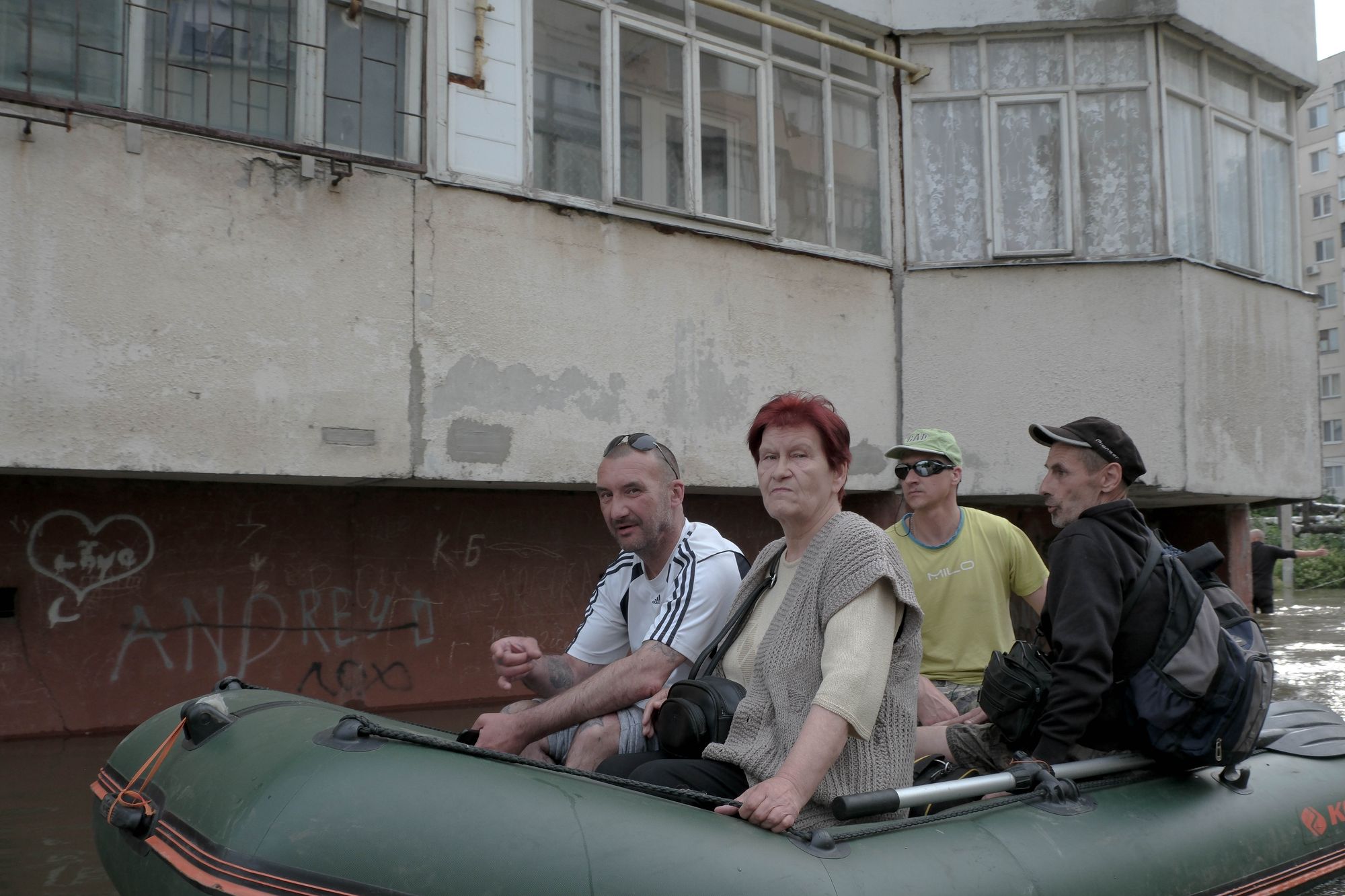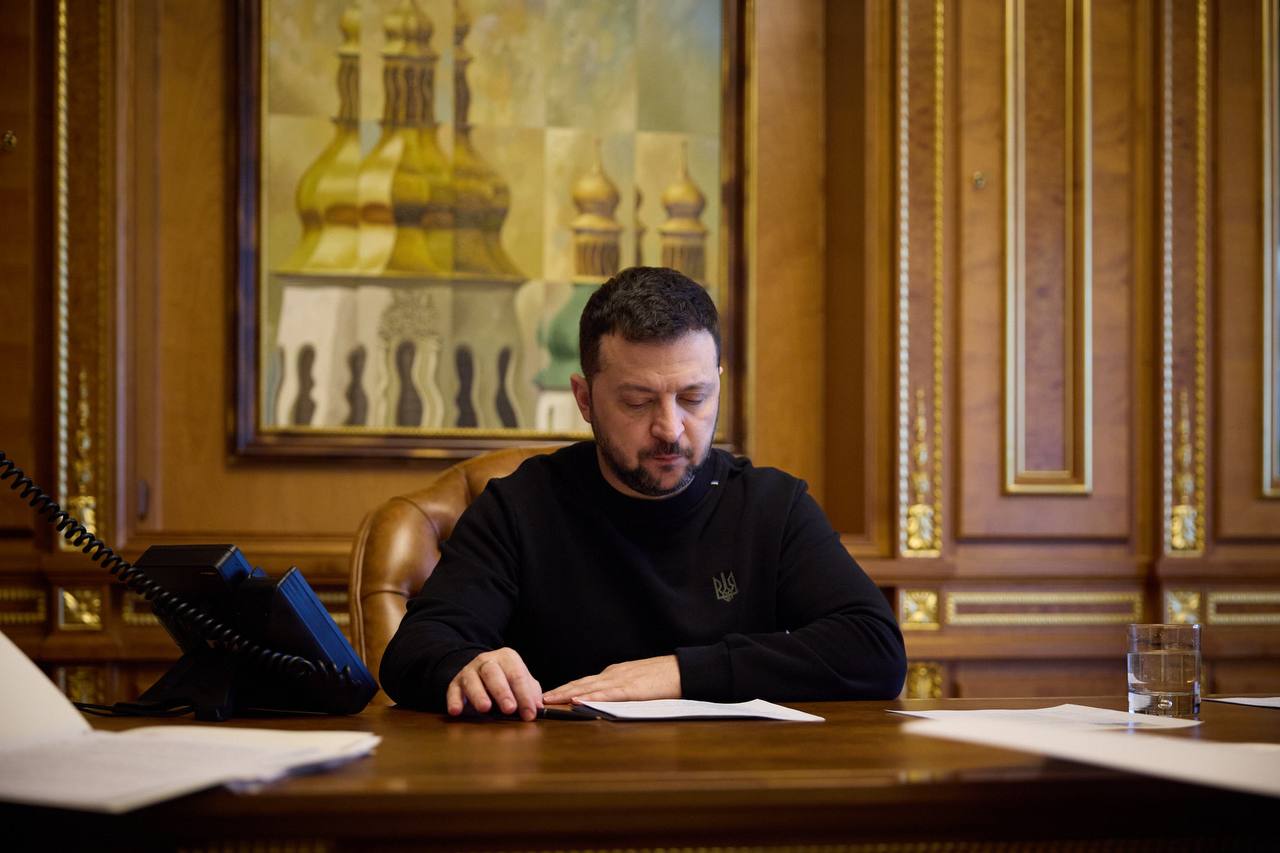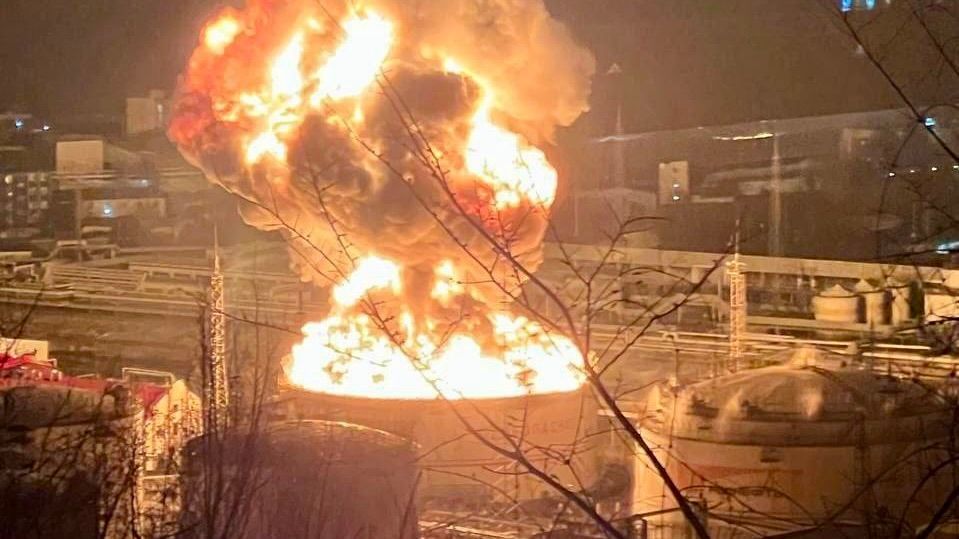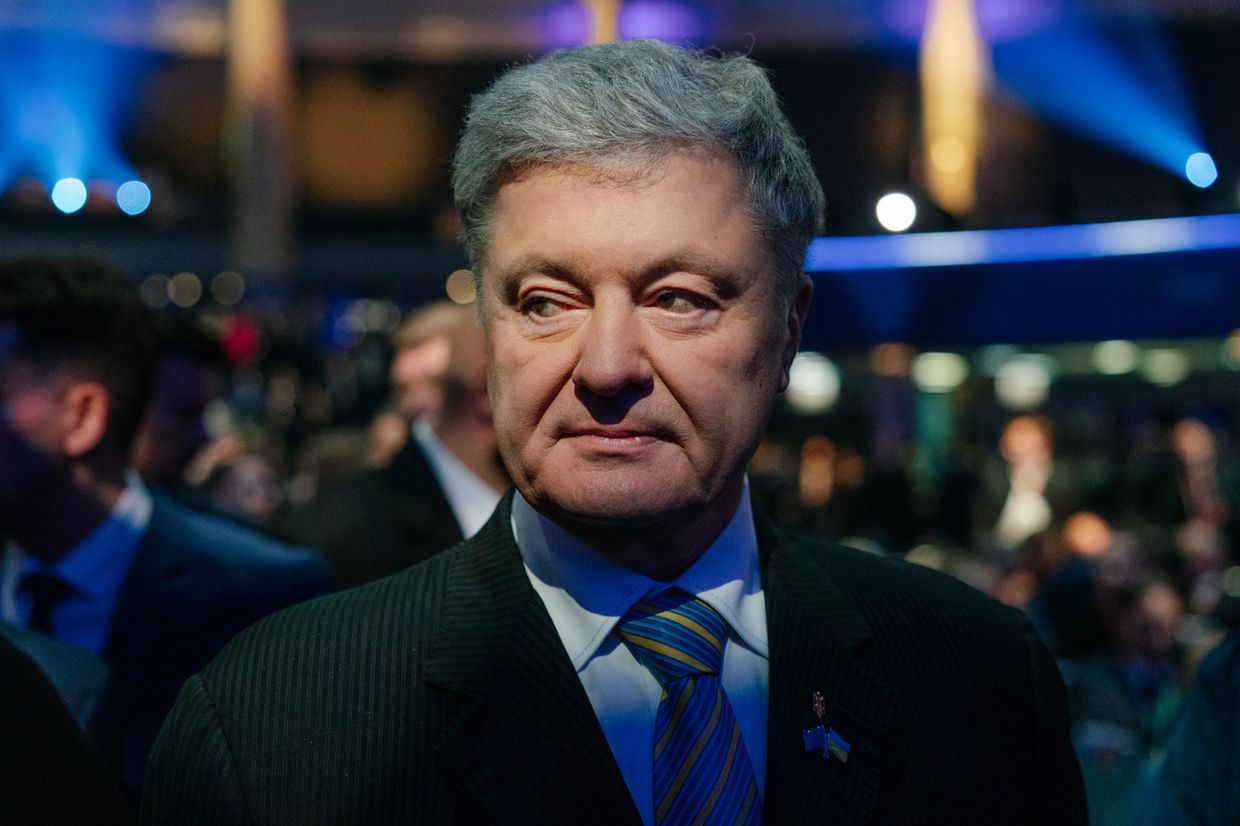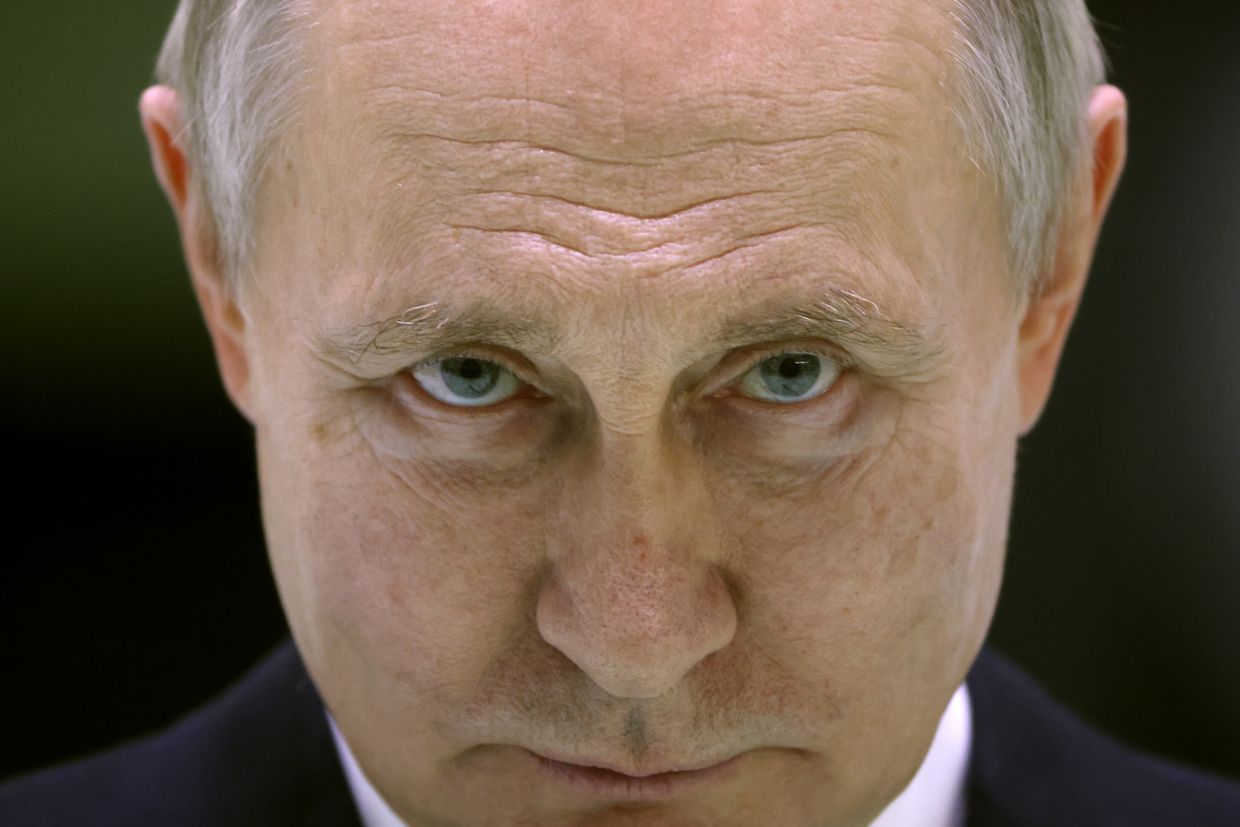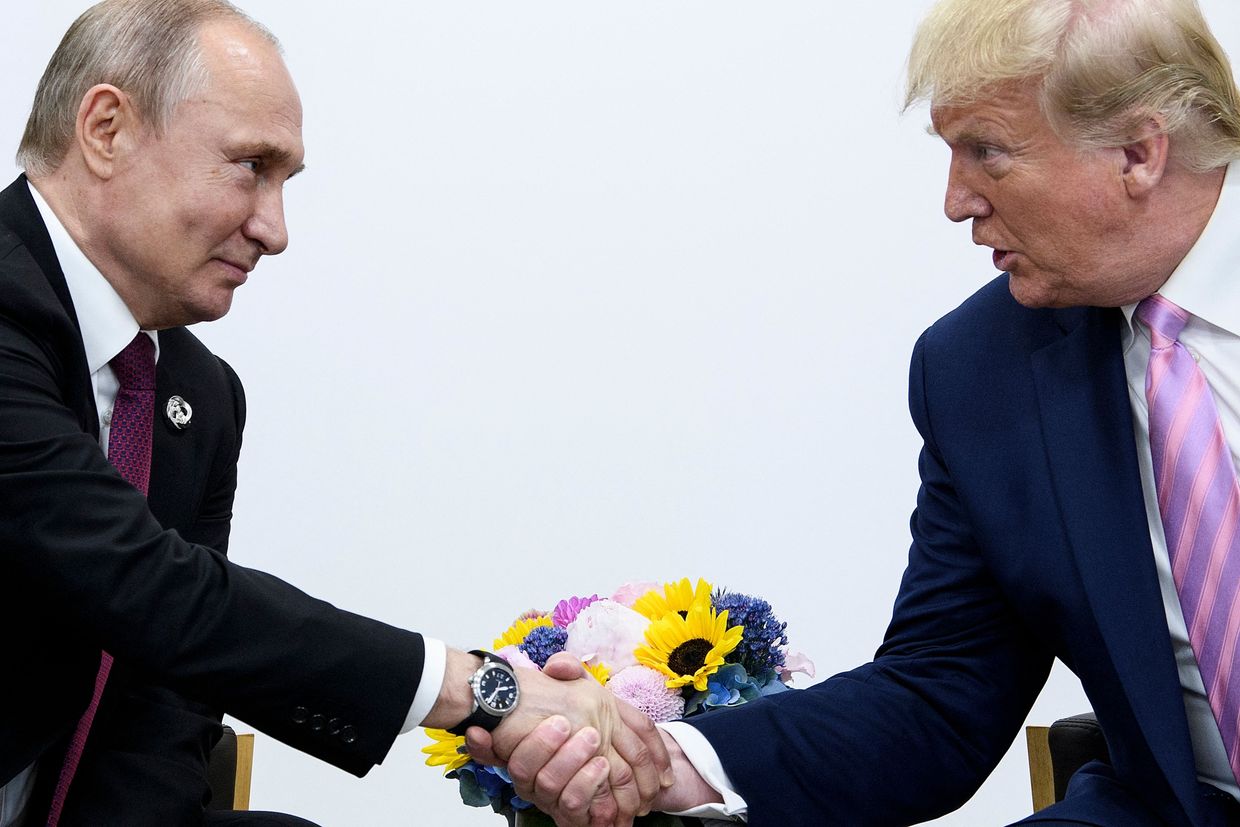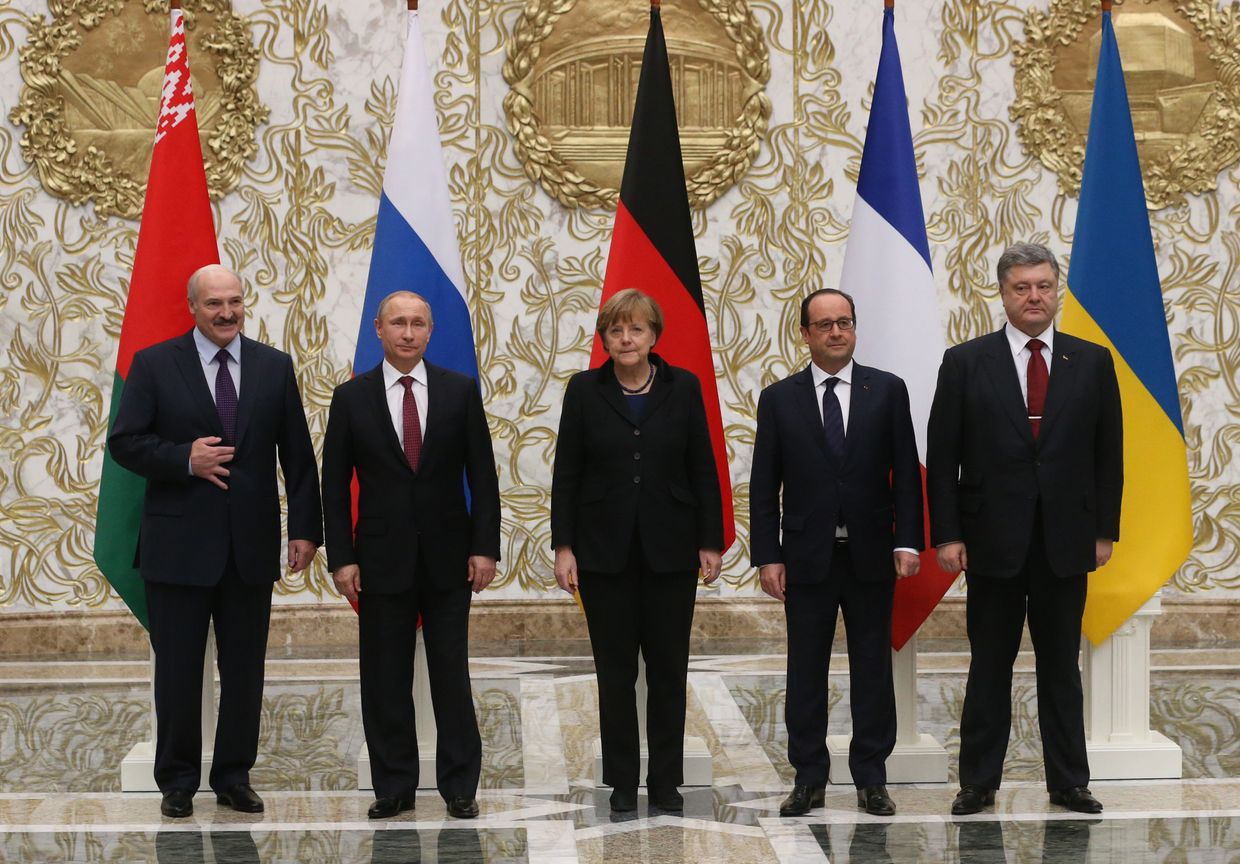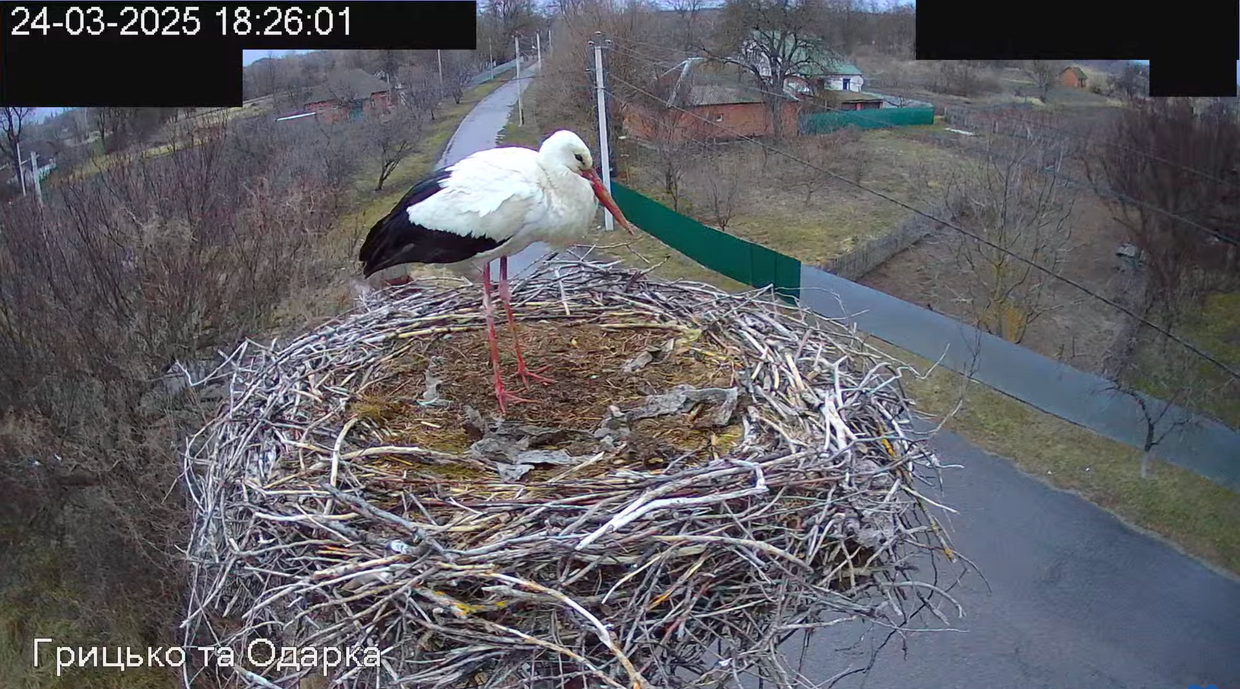Key developments on June 9:
- Ministry: 5 killed, 13 missing in flooding caused by Kakhovka dam explosion
- Water level drops in Kherson, Mykolaiv oblasts
- 2 killed, 3 injured in Russian airstrike on hospital in Zaporizhzhia Oblast
- US, Belgium to provide Ukraine with military assistance
- Russia claims drone attacks in Belgorod, Kursk, Voronezh
Dozens of settlements on both banks of the Dnipro River are flooded.
At least five people in Kherson and Mykolaiv oblasts were killed, and 13 more are considered missing, the Interior Ministry reported on June 9.
The ministry said, four of the five victims died in southern Kherson Oblast, where 48 settlements have been flooded, including 34 on the Ukraine-controlled west bank of the Dnipro River and 14 on the Russian-occupied east bank.
Mykolaiv Oblast police chief reported on June 8 that another victim died in neighboring Mykolaiv Oblast, where 23 settlements have been flooded.
Russian shelling during the civilian evacuation in Kherson Oblast injured another 11 people.
Over 3,200 people have been evacuated from the affected areas of Kherson and Mykolaiv oblasts, according to the ministry.
The total number of casualties aren’t known in the east bank, which Russian forces are currently occupying.
Yevhen Ryshchuk, the exiled mayor of the Russian-occupied Oleshky, which sits just across Kherson, reported on June 7 that three people died due to flooding.
Meanwhile, the water level in Kakhovka Reservoir dropped after the dam explosion, Ukraine's state-owned energy company Ukrhydroenergo reported on June 9.
On June 9, as of 6 p.m., the water level was 11.23 meters (36.8 feet). The water level has already dropped by over five meters (16.4 feet).
Ukrhydroenergo reported the upstream hydroelectric power stations are operating at reduced capacity to mitigate the consequences of the June 6 Kakhovka Hydroelectric Power Plant dam explosion.
Ihor Syrota, Ukrhydroenergo CEO, reported on June 8 that the water level in the Kakhovka Reservoir dropped below the critical threshold of 12.7 meters, hindering water supply to settlements and the Zaporizhzhia Nuclear Power Plant.
It is most likely that the water level will stabilize at around a 3-meter level, Syrota said.
The water level in the reservoir is currently dropping by a meter per day, and it will continue to drop for another week or so.
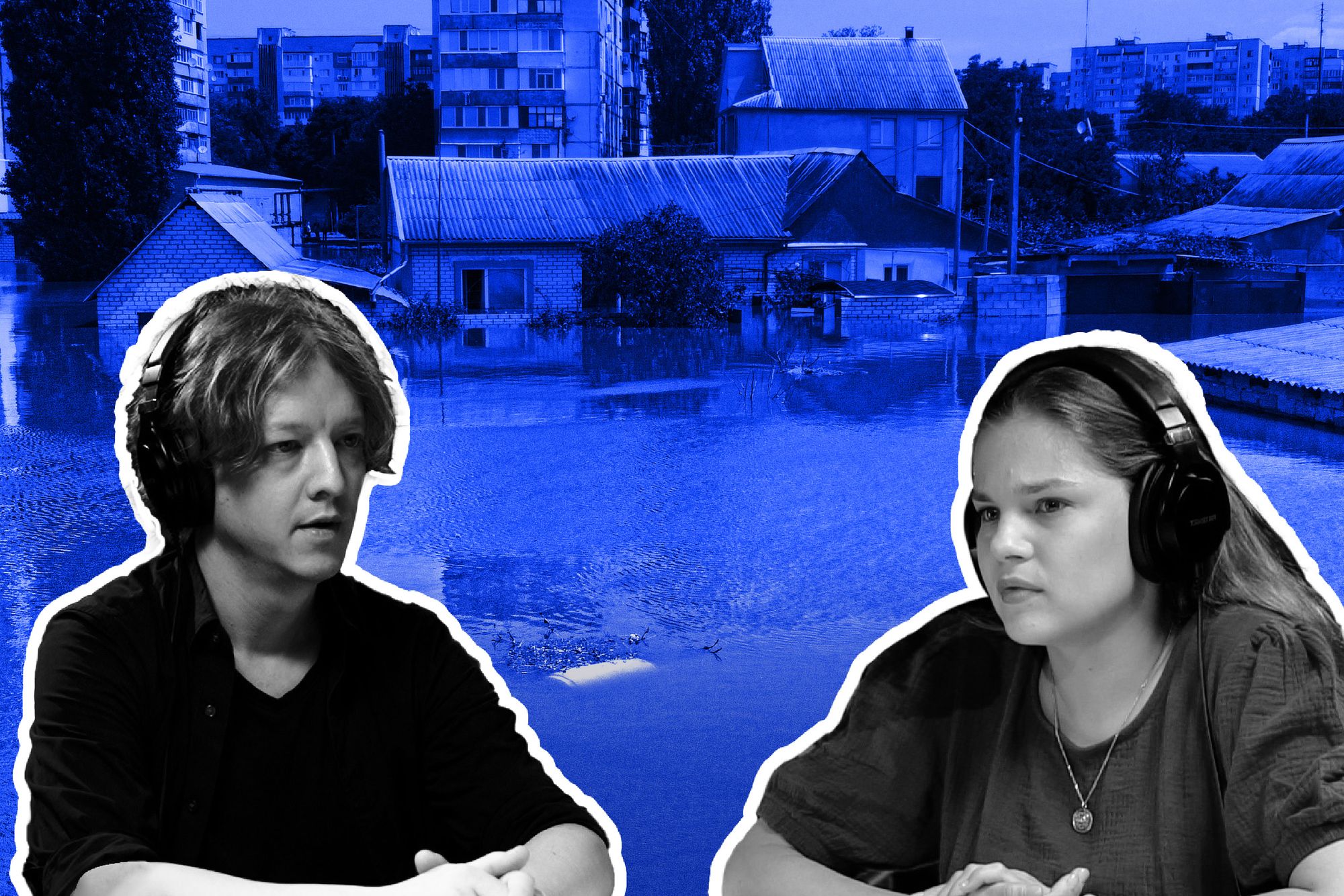
The Kakhovka Hydroelectric Power Station dam collapse caused a humanitarian and ecological disaster. Ukraine’s authorities said that the dam was intentionally destroyed by Russian forces to impede a Ukrainian counteroffensive.
As of June 8, an area of 600 square kilometers is already flooded In Kherson Oblast, with the most critical situation on the east bank of the Dnieper River, according to Governor Oleksandr Prokudin.
Ukrhydroenergo CEO also said that the flooded areas are likely to expand, despite the decrease in flood levels.
“Although the water level in the Kakhovka Reservoir is decreasing, the overflow is likely to expand. It won't increase in height, but it will cover a larger area. In the morning, 600 square kilometers were flooded. I believe that this area will expand,” Syrota told Channel 5 on June 8.
The water level near Kherson has already decreased by 35 centimeters, the Kherson City Military Administration Chief Roman Mrochko reported on June 9.
In neighboring Mykolaiv Oblast, the water level has also dropped in the Dnipro–Bug estuary near Ochakiv in Mykolaiv Oblast, according to the regional hydrometeorological center.
In Mykolaiv, the regional capital, the water level dropped by seven centimeters and stopped at the one-meter level, according to the report.
As of 5 p.m., the water level in Mykolaiv's waters is still one meter higher, Mayor Oleksandr Sienkevych reported on June 9.
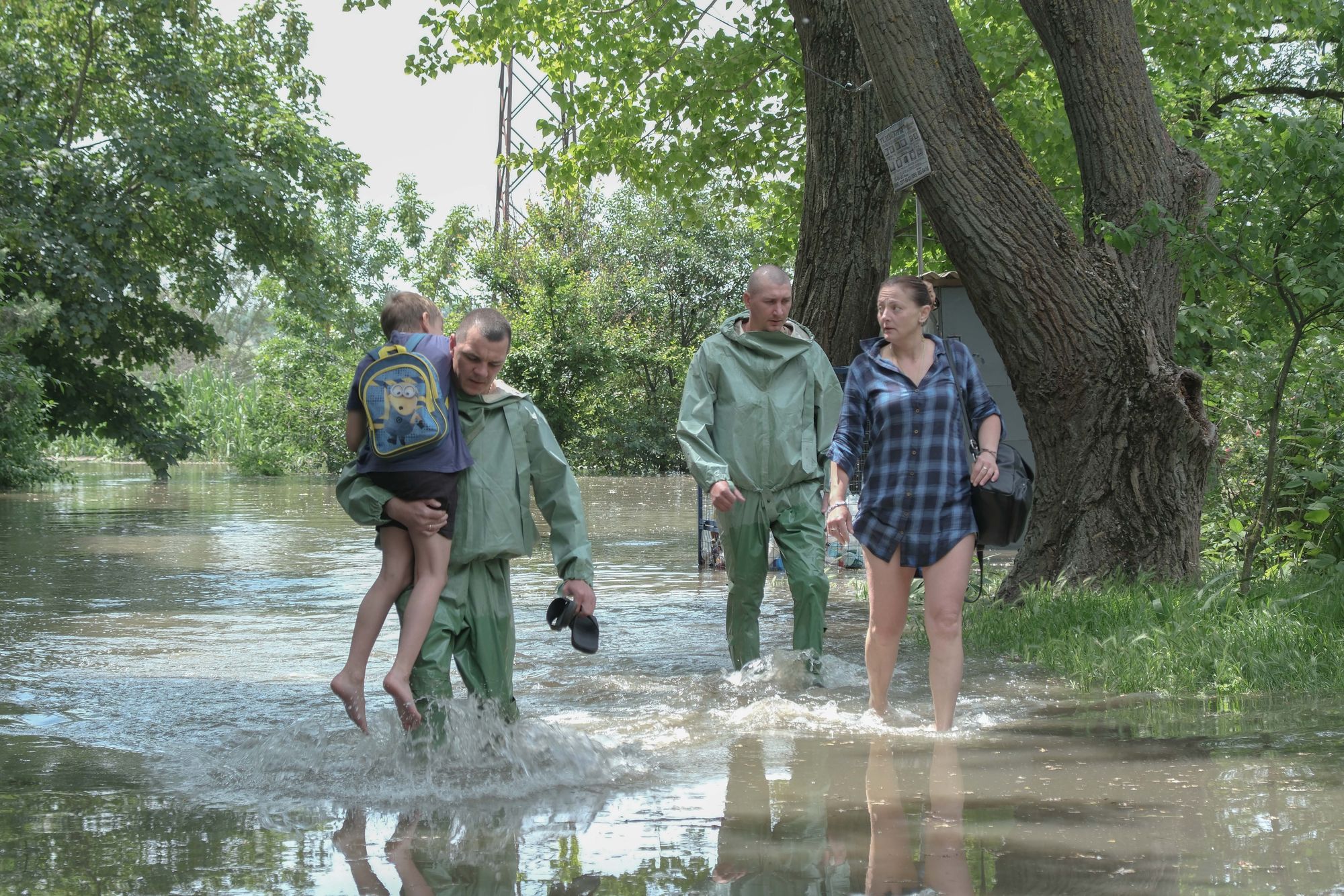
Russia strikes hospital in Zaporizhzhia Oblast
Russian forces struck a hospital with a guided aerial bomb in Huliaipole in Zaporizhzhia Oblast, killing at least two people and injuring three others, authorities reported on June 9.
President’s Office Head Andrii Yermak said that the killed woman was a nurse, and the killed man was a technician in the hospital.
Zaporizhzhia Oblast Governor Yurii Malashko reported that a 46-year-old killed man was “doing his job” in the hospital when the guided aerial bomb hit the hospital in the front line town. A 55-year-old woman was killed outside the hospital, according to the report.
The governor also said that two nurses and one emergency service woman were injured in the attack.
Huliaipole, located just a few kilometers from Russian positions in the south, has been continuously shelled by Russia. Only some 1,000 residents stayed in the town with a pre-war population of 14,000 due to the full-scale invasion.
Russian attacks have damaged 1,544 healthcare facilities since the start of the Russian full-scale invasion of Ukraine, the Health Ministry reported on June 9.
The biggest damage to the medical infrastructure is recorded in the Kharkiv, Donetsk, Mykolaiv, and Chernihiv oblasts.
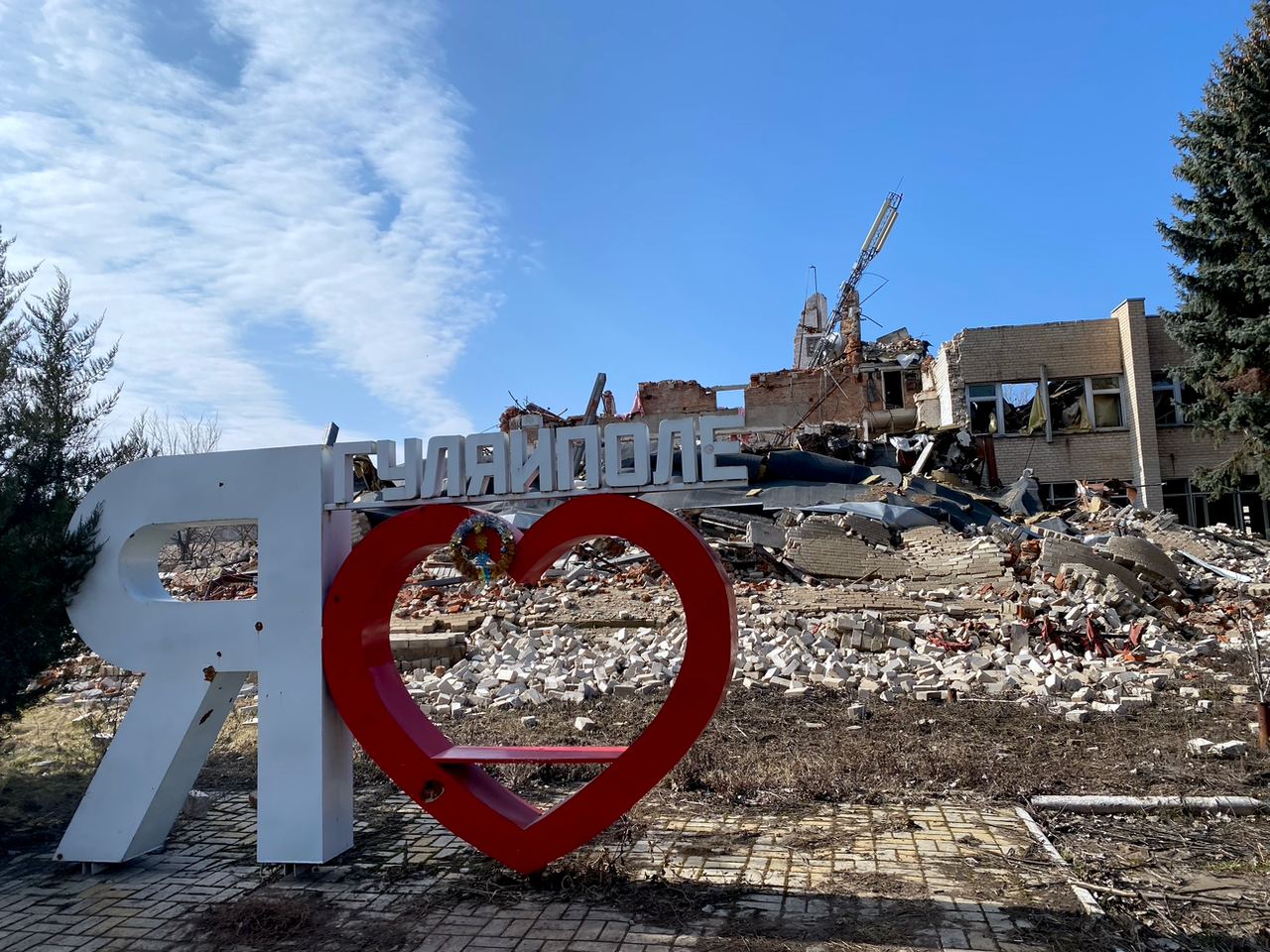
Military assistance
The U.S. Department of Defense (DoD) announced a $2.1 billion security assistance package for Ukraine on June 9.
The package, which includes air defense and ammunition capabilities, is being provided under the Ukraine Security Assistance Initiative (USAI), according to the Pentagon.
The capabilities in this announcement include:
- Additional munitions for Patriot air defense systems;
- HAWK air defense systems and missiles;
- 105 mm and 203 mm artillery rounds;
- Puma Unmanned Aerial Systems;
- Laser-guided rocket system munitions;
- Support for training, maintenance, and sustainment activities.
“DoD has continued to leverage to deliver equipment to Ukraine from DoD stocks at a historic pace,” the Pentagon said.
In total, the U.S. has committed $39.7 billion to Ukraine since the beginning of the Russian full-scale invasion on Feb. 24, 2022.
In addition, Belgium approved the delivery of 105 mm rounds of ammunition aid worth 32.4 million euros ($34.8 million) as part of Brussels’ 14th military aid package to Ukraine, L'Avenir newspaper reported on June 9.
The rounds will be delivered to Ukraine “as soon as possible,” according to the country’s Defense Ministry.
Belgium’s government has already provided Ukraine with a total of 306 million euros ($329 million) in military assistance.

Russia claims drone attacks in 3 cities
Russian regional authorities claimed drone attacks in Russia’s Voronezh, Belgorod, and Kursk regions on June 9.
Voronezh Oblast Governor Alexander Gusev claimed a drone hit the residential building in the regional capital on June 9.
Voronezh Oblast borders Russian-occupied Luhansk Oblast.
Gusev later said three people were injured by the broken glass without further hospitalization.
A local state of emergency is being imposed in the area, according to the governor.
Gusev hasn’t blamed Ukraine for the drone attack.
Belgorod Oblast Governor Vyacheslav Gladkov claimed a drone hit an office building, causing a fire in the regional capital, on June 9.
He also said that air defense downed two drones in the region.
No casualties were reported.
Gladkov hasn’t blamed Ukraine for the drone launch.
Russia’s Belgorod Oblast, which borders Ukrainian Kharkiv and Luhansk oblasts, is used by the Russian forces to attack Ukraine with missiles and artillery.
Kursk Oblast Governor Roman Starovoyt claimed a drone hit the area near an oil depot on June 9 without damaging the infrastructure.
Later that day, Starovoyt claimed that Ukraine’s forces “dropped an explosive” in the village of Tyotkino, damaging a house. No casualties were reported.
Kursk region borders Ukraine’s Sumy Oblast, which has been subjected to daily Russian attacks with artillery and guided bombs over the border.
Multiple drone attacks and sabotage acts were reported inside Russia since Moscow unleashed its all-out war against Ukraine in late February last year. Ukraine denies responsibility for these attacks.
The Kyiv Independent is unable to verify all of these claims.
